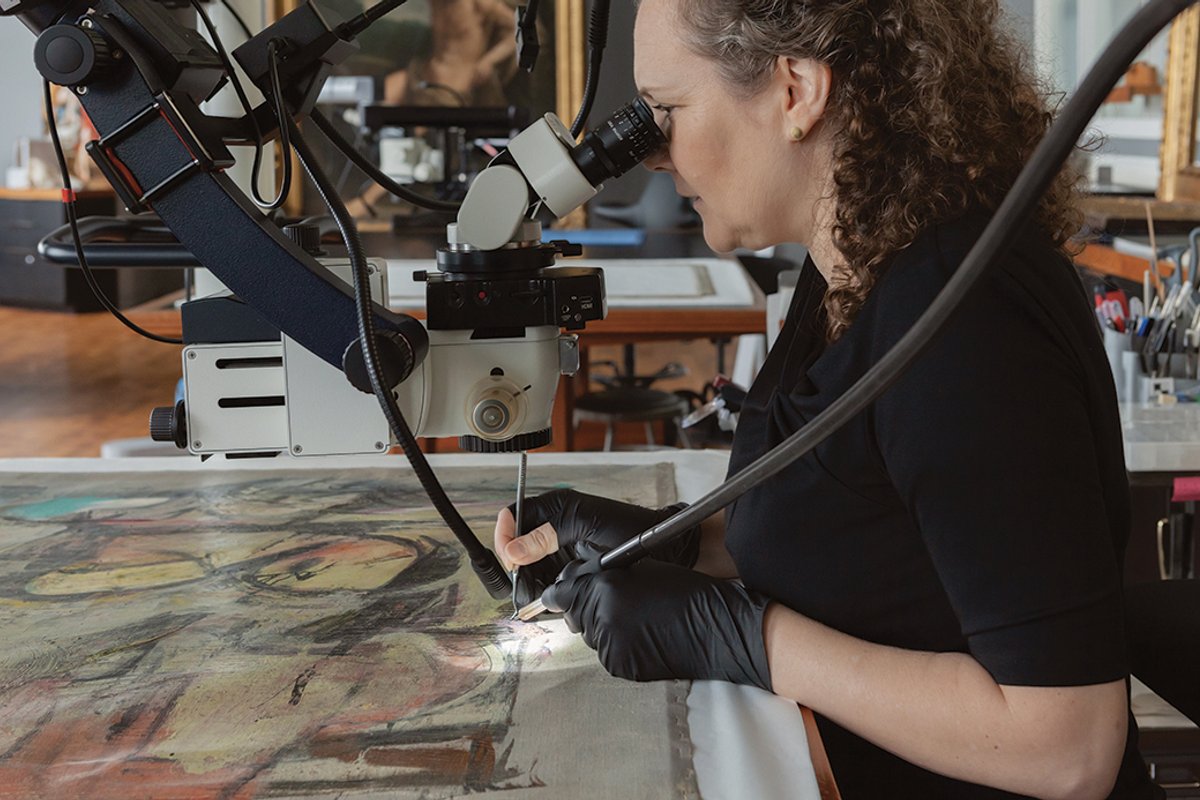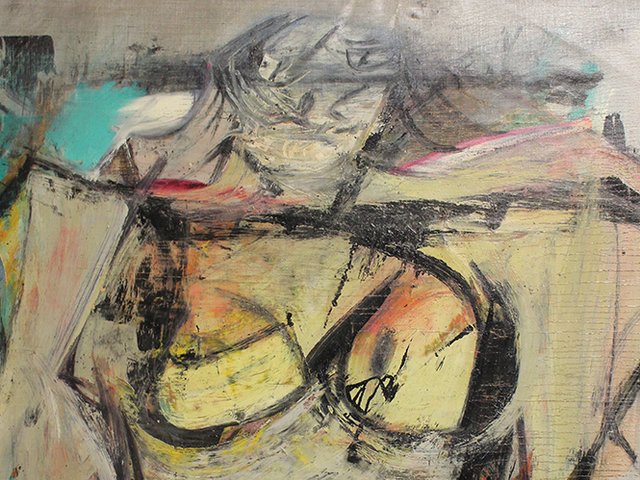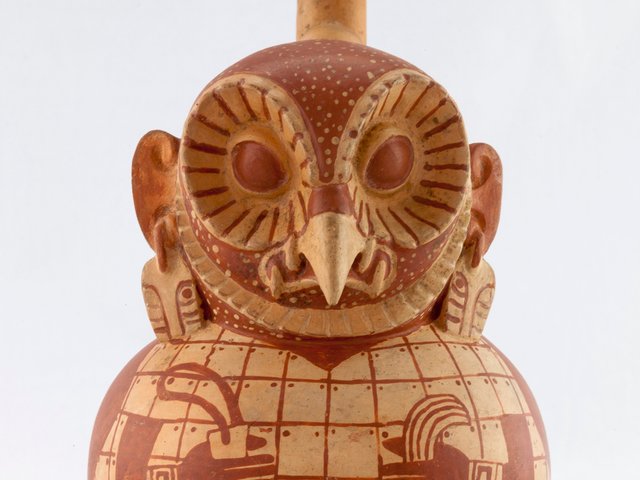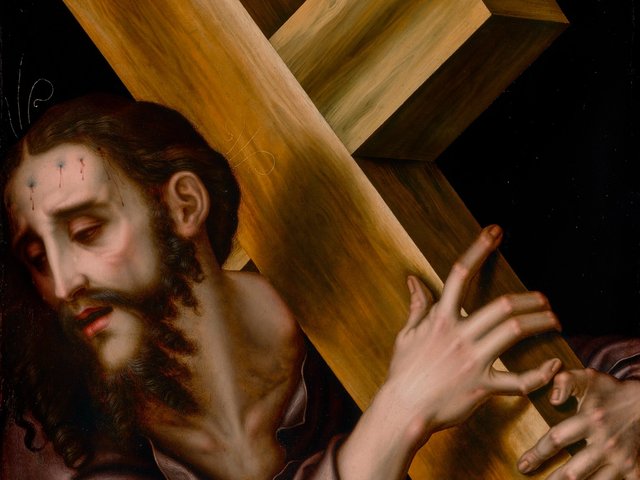The J. Paul Getty Museum will this June unveil the results of an intensive conservation of Willem de Kooning’s 1955 Woman-Ochre, which was badly damaged during a brazen daytime heist at the University of Arizona Museum of Art (UAMA) in 1985. The painting was cut out of its frame, ripped from its backing and remained lost for more than 30 years. In 2019 UAMA sent it to the Getty, which takes on a limited number of pro-bono conservation projects. The restored work will be featured in Conserving de Kooning: Theft and Recovery at the Getty Center (7 June-28 August), which will also document the painstaking process of rehabilitation.
It has taken three years, says Ulrich Birkmaier, the senior conservator of paintings at the Getty, “both because of the complexity of the treatment, but also the fact that we haven’t been able to work on it full-time because of the constraints of Covid”.
When the painting arrived, conservators undertook a thorough technical analysis through infrared and ultraviolet examination and X-ray imaging, as well as a cross-section analysis of a tiny paint chip from the damaged surface. From that they determined the steps of the treatment.
The paint first needed to be consolidated, as sections were flaking from when the canvas was pulled away from its lining during the theft. This step was meticulously done under a microscope by the associate paintings conservator Laura Rivers and took nearly two years. Then came the cleaning, which involved removing old surface coatings, including a 1974 treatment of the painting at the Museum of Modern Art in New York and an amateur varnish application by the thieves.
Speaking to The Art Newspaper from the Getty lab via Zoom, Birkmaier shows off the painting’s new backing, a polyester monofilament fabric. Propped vertically on an easel, it is waiting to be reunited with the four strips at the edges of the canvas—the tacking margins—left behind after the theft. He will fill in areas of paint loss before the painting is placed over a new wooden stretcher and reinstalled in its original frame.
After the Getty exhibition, Woman-Ochre will return to the UAMA and a show there. The curator Olivia Miller was one of the museum staff who went to Silver City, New Mexico, to retrieve the De Kooning from an antique store that had purchased the work in an estate sale in 2017. “We always had this recognition that the collection was incomplete,” she says. “To have it back, we’re just so happy and so grateful the Getty took this on.”
Meanwhile a new documentary by Allison Otto titled The Thief Collector, which premiered at the South by Southwest Film Festival in Texas last month, explores the still-murky motivations behind the painting's 1985 theft, which has been linked to a New Mexico couple, Jerry and Rita Adler.






